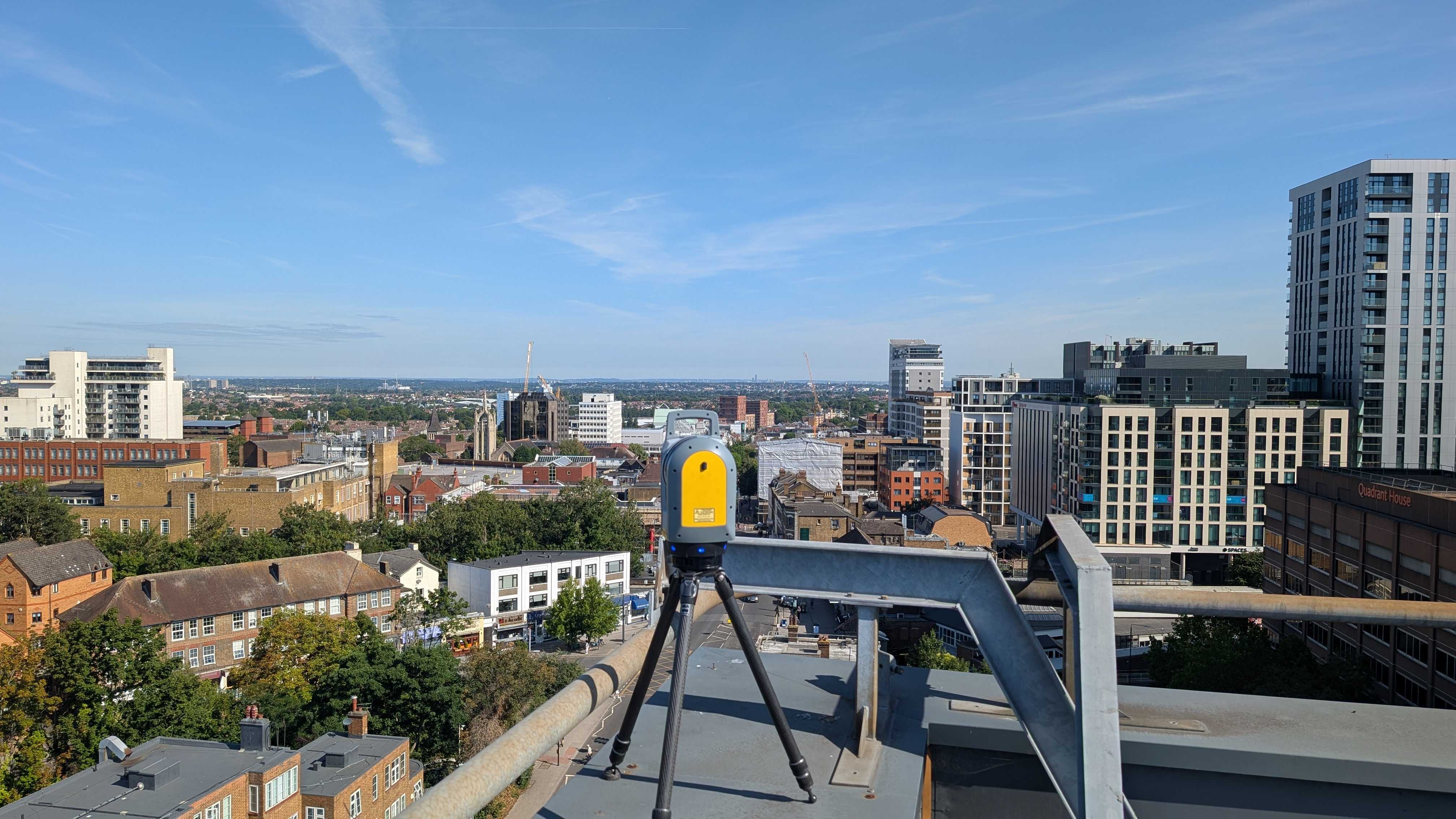The importance of eco-friendly practices is increasingly recognised across various industries.
From construction to land management, there's a growing emphasis on minimising environmental impact and promoting sustainability.
In this blog, we delve into the role of topographical surveys in eco-friendly development. Our focus is on providing practical insights into how these surveys contribute to sustainable practices and responsible land management.
Join us as we uncover 3 eco-friendly benefits of topographical surveys and explore their role in shaping a greener, more sustainable future.
1. Minimising Environmental Impact
Topographical surveys play a crucial role in minimising environmental impact through their precise data collection methods.
By providing accurate information about the terrain and existing features of the land, these surveys enable careful planning and design. This, in turn, reduces the need for extensive earthworks and helps preserve natural resources.
Additionally, topographical surveys allow project stakeholders to identify environmentally sensitive areas and implement measures to mitigate potential impacts.
Overall, the detailed insights provided by these surveys contribute significantly to minimising environmental disturbance and promoting sustainable land development practices.
2. Optimising Resource Management
Topographical surveys are crucial in optimising resource management by providing detailed data on land characteristics.
This information enables efficient site layout, drainage systems, and vegetation management, leading to reduced water consumption, energy use, and waste generation. By accurately mapping out the terrain and identifying natural features, such as watercourses and vegetation, these surveys help project planners make informed decisions about resource allocation and utilisation.
Additionally, topographical surveys facilitate the identification of areas suitable for renewable energy installations or green infrastructure projects, further enhancing resource efficiency and sustainability.
Overall, the comprehensive insights provided by topographical surveys contribute to more efficient resource management practices, supporting environmentally conscious development initiatives.
3. Supporting Sustainable Development
Topographical surveys play a pivotal role in supporting sustainable development practices by providing essential information for land-use planning, infrastructure development, and environmental impact assessments.
By accurately mapping terrain features, land contours, and existing infrastructure, these surveys enable planners to make informed decisions that minimise environmental impact and promote responsible land management.
Furthermore, topographical surveys help identify opportunities for sustainable development, such green infrastructure implementation and biodiversity conservation efforts.
By incorporating environmental considerations into the planning process, topographical surveys contribute to the long-term sustainability of development projects, ensuring they align with environmental goals and regulatory requirements.
Overall, these surveys serve as valuable tools for fostering sustainable development and promoting harmony between human activities and the environment.
Conclusion: Showcasing Our Commitment To Eco-Friendly Practices
At Intersect Surveys, our commitment to eco-friendly practices extends to every aspect of our operations, including topographical surveys.
By utilising advanced surveying technologies, such as our GPR survey technology, and adopting environmentally conscious approaches, we strive to minimise our environmental footprint while delivering accurate and comprehensive survey data.
As you begin your next project, remember that we can be your trusted partner in topographical surveying.
Contact us today to get a quote for a topographical survey, or to ask us a question related to our services.
FAQs
1. How do eco-friendly topographical surveys contribute to minimising environmental impact?
Eco-friendly topographical surveys utilize precise data collection methods to provide accurate information about the terrain and existing land features. By enabling careful planning and design, these surveys help reduce the need for extensive earthworks, thus minimising environmental disturbance and preserving natural resources.
2. What role do topographical surveys play in optimizing resource management?
Topographical surveys provide detailed data on land characteristics, allowing for efficient site layout, drainage systems, and vegetation management. This optimization of resources leads to reduced water consumption, energy use, and waste generation, promoting sustainable resource management practices.
3. How do topographical surveys support sustainable development initiatives?
Topographical surveys support sustainable development by providing essential information for land-use planning, infrastructure development, and environmental impact assessments. By accurately mapping terrain features and identifying opportunities for sustainable development, these surveys ensure that projects align with environmental goals and regulatory requirements, fostering long-term sustainability.








